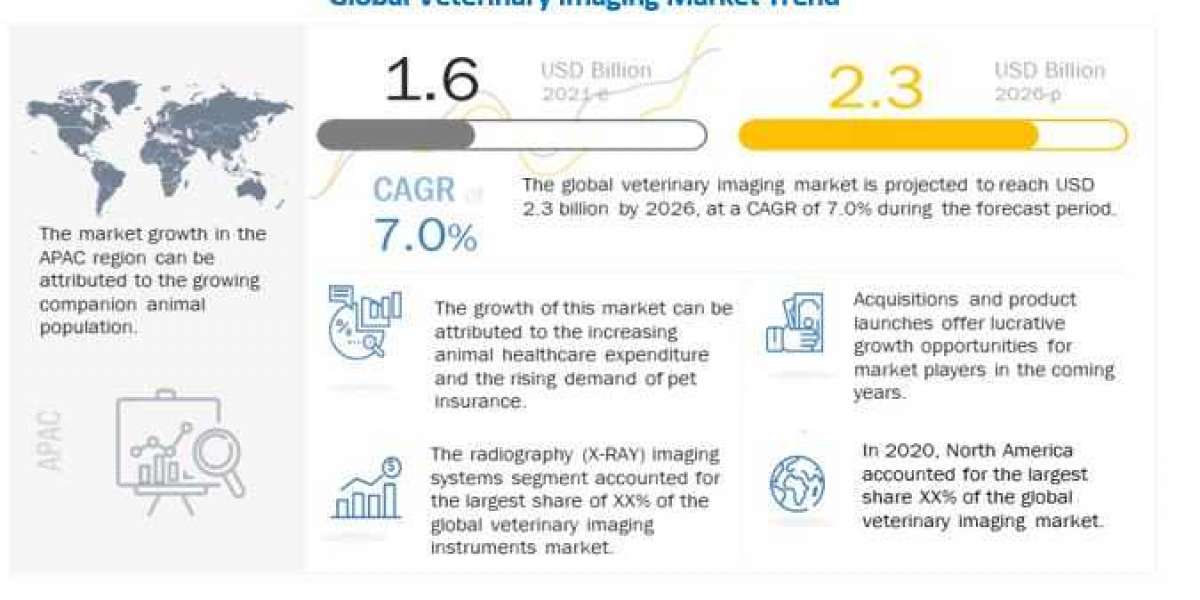The United States economy plays a pivotal role in the global marketplace, influencing economic trends, financial markets, and international trade. As one of the largest economies in the world, the US has a significant impact on economic policies and practices across nations. In this article, we will explore the reasons behind the US economy's influence on global markets, the mechanisms through which this influence operates, and how its ongoing developments continue to shape the world.

Table of Contents
The Significance of the US Economy
1.1. Size and Scale
1.2. Innovation and Technology
1.3. Diverse Economic Sectors
How the US Economy Impacts Global Markets
2.1. Trade Relationships
2.2. Financial Markets
2.3. Monetary Policy and Currency Valuation
2.4. Global Supply Chains
Challenges and Opportunities for the Global Economy
3.1. Economic Policy Decisions
3.2. Market Volatility
3.3. Sustainability and Global Initiatives
The Future of the US Economy and Global Markets
4.1. Technological Advancements
4.2. Geopolitical Dynamics
4.3. Post-Pandemic Recovery
Conclusion
1. The Significance of the US Economy
1.1. Size and Scale
The US economy is the largest in the world, accounting for approximately 24% of global GDP. This immense scale gives the US significant leverage in international economic matters. When the US economy grows or contracts, it can set off a chain reaction that influences other economies, particularly those that have strong trade ties with the United States.
1.2. Innovation and Technology
The US is a leader in technological innovation, with Silicon Valley being the epicenter of tech advancements. Companies such as Apple, Google, and Microsoft not only drive economic growth domestically but also influence global technology trends. As these companies expand their reach, they shape consumer behavior and business practices worldwide, creating a ripple effect in various industries.
1.3. Diverse Economic Sectors
The US economy is characterized by its diversity, encompassing sectors such as finance, technology, healthcare, and agriculture. This diversity allows the US to be resilient in the face of economic downturns and ensures that various industries contribute to its growth. The interconnectedness of these sectors also means that fluctuations in one area can impact others globally.
2. How the US Economy Impacts Global Markets
2.1. Trade Relationships
The US maintains extensive trade relationships with countries around the world. As a major importer and exporter, changes in US trade policy can significantly affect global trade dynamics. For example, tariffs imposed by the US can lead to retaliatory measures from other countries, disrupting established trade flows and impacting global prices.
2.2. Financial Markets
US financial markets are among the largest and most influential in the world. The New York Stock Exchange (NYSE) and the NASDAQ serve as benchmarks for global stock markets. When the US stock market experiences volatility, it often triggers reactions in international markets, leading to fluctuations in investments and capital flows. Investors worldwide closely monitor US market trends, as they often indicate the overall health of the global economy.
2.3. Monetary Policy and Currency Valuation
The Federal Reserve, the central bank of the US, plays a crucial role in shaping global monetary policy through its interest rate decisions and quantitative easing measures. Changes in US interest rates can lead to fluctuations in the value of the US dollar, impacting currency exchange rates globally. A stronger dollar can make US exports more expensive, while a weaker dollar can stimulate foreign investment and make US goods cheaper abroad.
2.4. Global Supply Chains
US companies are integral to global supply chains, with many multinational corporations relying on overseas production and sourcing. Economic changes in the US can lead to shifts in these supply chains, affecting labor markets, production costs, and the availability of goods worldwide. For example, disruptions caused by the COVID-19 pandemic highlighted the vulnerabilities in global supply chains, leading companies to reassess their dependence on overseas manufacturing.
3. Challenges and Opportunities for the Global Economy
3.1. Economic Policy Decisions
US economic policies, such as taxation, regulation, and trade agreements, have far-reaching implications for global markets. Policymakers must navigate complex domestic and international considerations to promote growth while addressing challenges such as income inequality and environmental sustainability. The outcomes of these decisions can create opportunities or hurdles for other countries.
3.2. Market Volatility
The interconnectedness of global markets means that instability in the US economy can lead to increased market volatility worldwide. Economic downturns, political uncertainty, or changes in fiscal policy can trigger investor panic and result in stock market declines. This volatility can have a domino effect, impacting emerging markets that may be less resilient to such shocks.
3.3. Sustainability and Global Initiatives
As the world grapples with climate change and environmental challenges, the US has the opportunity to take a leadership role in promoting sustainable practices and international cooperation. Initiatives aimed at reducing carbon emissions and fostering clean energy can create new markets and job opportunities, benefiting both the US economy and the global community.
4. The Future of the US Economy and Global Markets
4.1. Technological Advancements
The continued advancement of technology will shape the future of the US economy and its impact on global markets. Innovations in artificial intelligence, biotechnology, and renewable energy have the potential to create new industries and transform existing ones. The US must adapt to these changes to maintain its competitive edge in the global economy.
4.2. Geopolitical Dynamics
The geopolitical landscape is shifting, with emerging economies gaining influence on the global stage. The US must navigate these dynamics while fostering relationships with allies and addressing challenges posed by rivals. Trade agreements, diplomatic efforts, and strategic partnerships will be crucial in shaping the future of the US economy and its role in global markets.
4.3. Post-Pandemic Recovery
The COVID-19 pandemic has underscored the importance of resilience in the face of global crises. As the US and other countries work towards recovery, there will be opportunities to reassess economic strategies and prioritize sectors that promote long-term growth and stability. The lessons learned during the pandemic can inform future policies and strengthen the global economy.
5. Conclusion
The US economy plays a central role in shaping global markets, influencing trade relationships, financial systems, and economic policies worldwide. Its size, innovation, and diverse sectors contribute to its significant impact, while ongoing developments present both challenges and opportunities for the global community.
As we move into the future, the interconnectedness of economies will only deepen, making it essential for the US to navigate its role thoughtfully. By embracing technological advancements, addressing geopolitical dynamics, and fostering sustainability, the US can continue to lead and shape the global economy for generations to come.


